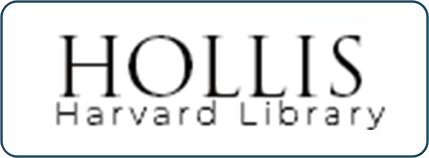Submissions
Privacy Statement
INTRODUCTION
Your privacy is important to JMIFR. This privacy statement provides information about the personal information that JMIFR collects, and the ways in which JMIFR uses that personal information.
PERSONAL INFORMATION COLLECTION
JMIFR may collect and use personal information that is necessary for the processing and publication of manuscripts submitted to us. This information may include names, affiliation and contact details; including postal address, emails, phone numbers and fax numbers.
USING PERSONAL INFORMATION
- administer this website;
- personalize the website for you;
- enable your access to and use of the website services;
- process your manuscript;
- publish your manuscript;
- send to you communication about your manuscript
In addition to the disclosures reasonably necessary for the purposes identified elsewhere above, JMIFR may disclose your personal information to the extent that it is required to do so by law, in connection with any legal proceedings or prospective legal proceedings, and in order to establish, exercise or defend its legal rights.
SECURING YOUR DATA
JMIFR will take reasonable technical and organisational precautions to prevent the loss, misuse or alteration of your personal information.
UPDATING THIS STATEMENT














